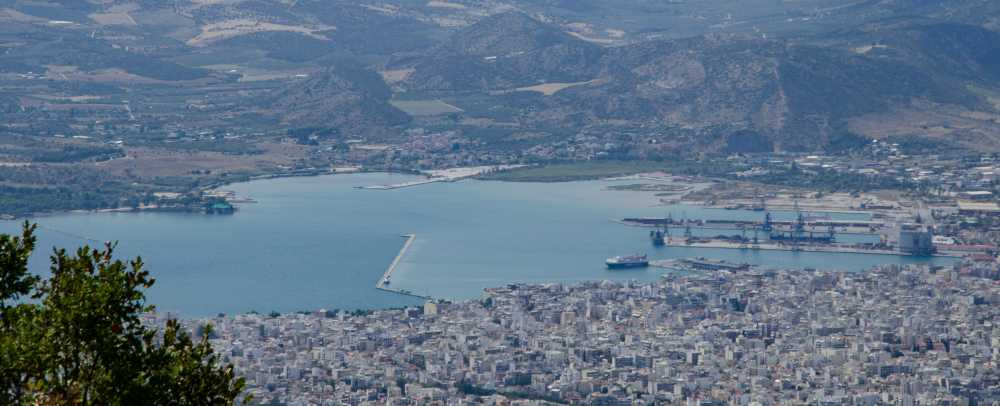
Just over a week ago, I began writing a series (mostly meant to be a photographic record) of our trip from Exarchos to parts of Pelion, Greece. I had entitled the post, “The First Leg…” with a plan that I had in mind at the time, of dividing the trip up into sections – but in looking back at my photos, it doesn’t make a whole lot of sense.
For example, writing about driving from Thermopyles to Volos sounded like a great idea at the time, but I don’t really have any photos of that part of the trip. And while there were things and places along the way that I had thought of mentioning, now that time has passed by, I’ve forgotten what they were. I hate it when that happens.
Regardless of what I remember or don’t about the portion of the trip between Thermopyles and Volos, it was fairly uneventful – obviously, or I would have remembered more to write about. I do recall driving toward the city and feeling pretty excited though, because of the ancient history of this area and the stories that have stuck around through the ages; stuck around so much that even today, a Toronto professional sports team is named for events that are supposed to have taken place here, thousands of years ago.
My youngest son, who loved to learn about ancient Greek mythology when he was a toddler and beyond (and who can tell you in great detail, about all the gods, their adventures, what they are known for better than any of my high school teachers could), named his dog for a famous boat that launched from the ancient port of what is now Volos.
The Significance of Volos
It seems that some ancient Greeks were envious of a “golden fleece.” I really don’t know a whole lot about the story (ask my son David though), but it seems the King of Pelion wanted something that the King of Thessaly had – yes, a golden fleece. Along came a centaur educated man named Jason who happened to be beloved by the goddess Athena, and who met with the King Of Pelion after being educated in the mountains of the area.
To make a long story short (with details that change depending on who is writing about the tale), a ship was built named “The Argo” and The Toronto Argonauts were created to try to be the Kings of Football in Canada.
Right, I mentioned that along the way, some details have changed, but many believe that instead of the Toronto Argonauts, the sailors who eventually would sail on The Argo would become to be known as Argonauts. Athena had the ship built, and Jason selected the best oarsmen he could find to go on his quest to obtain the Golden Fleece.
And today, my son’s dog is named Argo in memory of this story.
The significance of Volos to this ancient and modern story is that present-day Volos is in the area of where the Argo was built and launched, and of course, the mountains surrounding the city is where our hero Jason was educated.
Today, Volos is a “large city” by Greek standards, with a population of around 145,000 people, and is considered a major port serving the Aegean Sea. The area suffered a major earthquake in 1955 so most of the buildings in the city are quite modern as much of it had been destroyed and devastated by the earthquake. Now, it has been totally rebuilt.
Above Volos
While it was a milestone for us to reach Volos, the goal was further beyond, although some day I would love to return to the city and area and explore a bit more. But we had many more km of mountain roads to travel and using Google Maps and some guessing on our own (you still need to guess at some things in Greece, even when using Google Maps – like, “I guess this might be the road… is this a road?) we finally knew we were on the right track when we reached the village of Portaria.
Portaria is 600 meters (2,000 feet) above sea level but it takes a lot more than “as the crow flies” to get there by car. While getting to Portaria afforded us beautiful scenery, the driving suddenly changed from fast Greek State highways to much narrower two lane curvy roads. In fact, the driving that we would continue to do got even tougher after Portaria – and the views just got more gorgeous. And while I describe them as “two lane,” indeed, many times the road was wide enough for only one car.
On our way up to Portaria, we stopped at Anakasia where we discovered that cats own cars and beautiful views of Volos down below. When we continued our drive from Anakasia onwards to Portaria, the views of Volos continued as the road climbed the mountain but curved around the slope, heading upwards.
The Centaur Of Anaskasia
In ancient Greek mythology (or is it mythology?), centaurs were pretty important. Pelion is the land of centaurs! Unfortunately today, Greek is also the land of jerks that don’t respect much at all, and are willing to spray graffiti over more things than a tom cat will spray. Graffiti monsters do more damage than tom cats do, however. When we arrived at Anaskasia, we found a Centuar monument, and predictably, some idiotic person had spray painted graffiti on the front. So we took photos of it from the back:
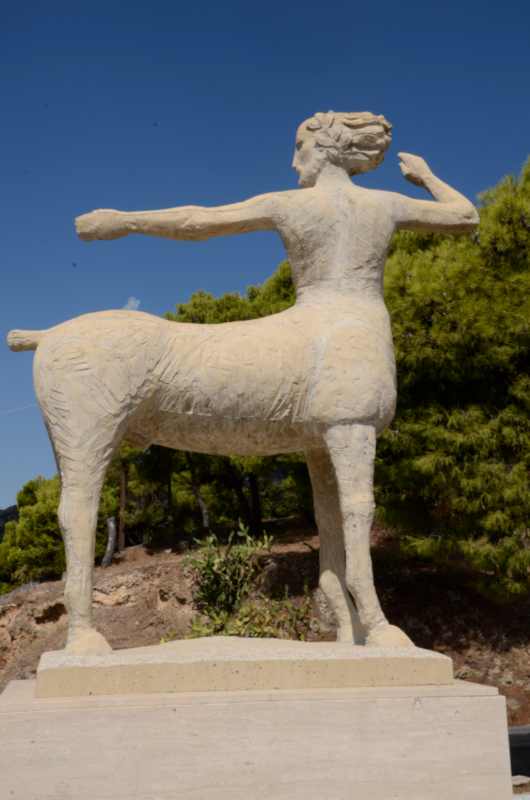
Views Of Volos
There are so many great photos (although I wish I were a better photographer) of Volos that we took from various heights above the city – I wish I could post them all but I am only posting the best (in my opinion) that I have. Some are from viewpoints below Anaskasia, while others are as we climbed higher toward Portaria.
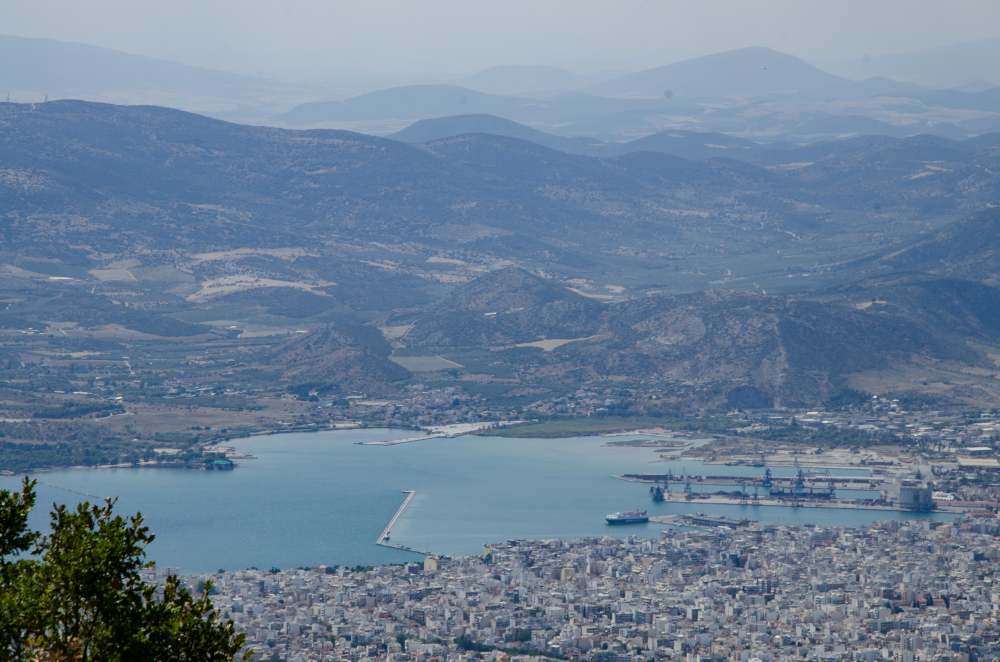
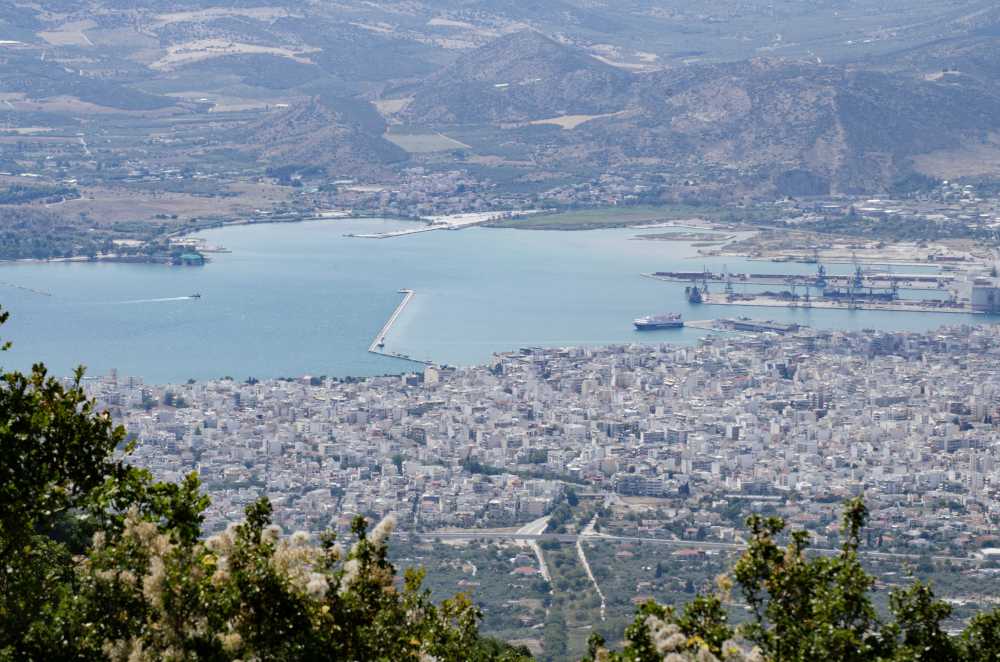
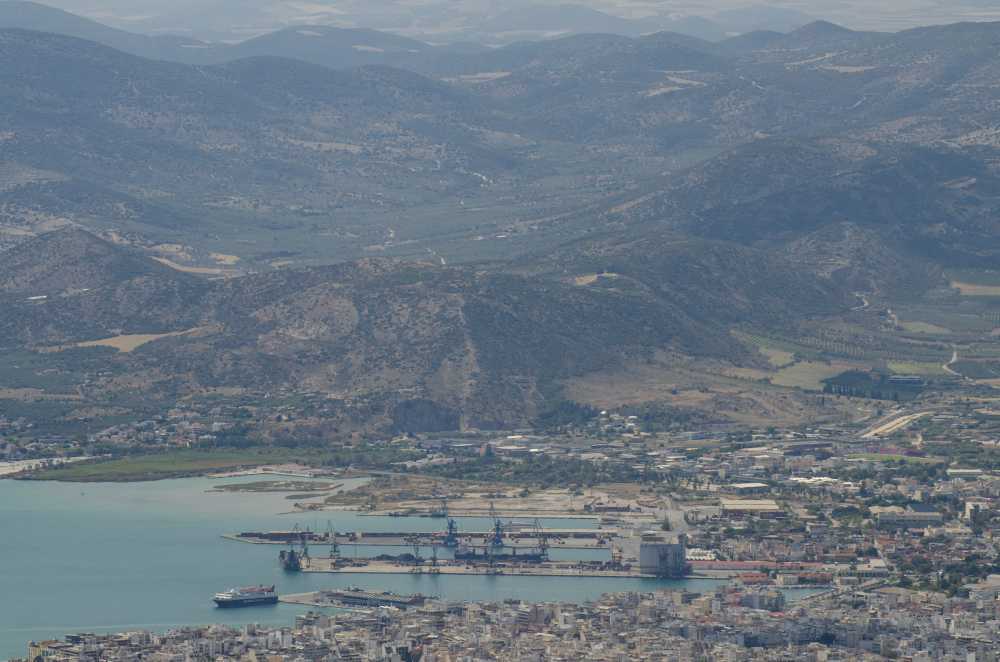
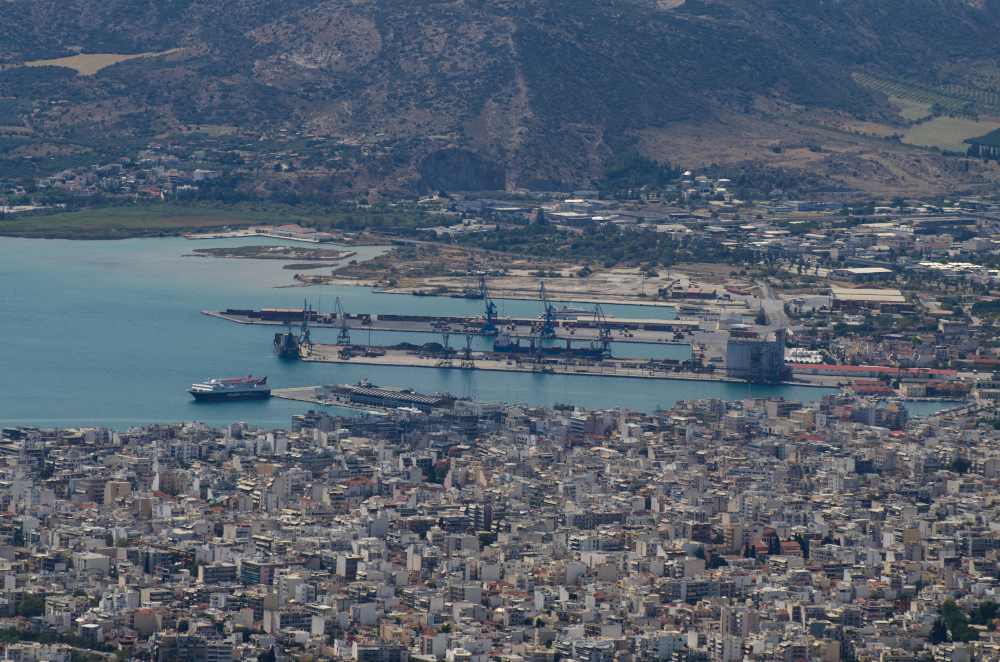
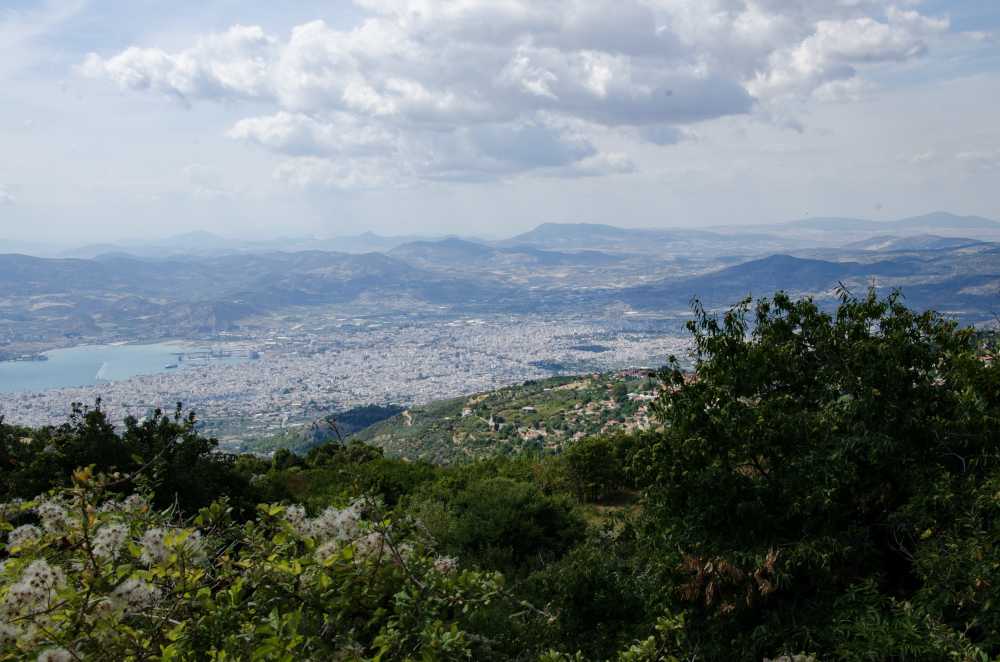
We actually have many more photos; it was hard to choose which ones to publish here. The area and the views are simply breath-taking and while I tried to take lots of photos, it’s also important to me to live in front of the camera as well – and not behind the view finder.
When we reached Portaria, I found the village to have it’s own beauty as well – and to think that there has been record of settlement here for hundrends, if not thousands of years, was something that caused much awe.
But almost everywhere in Greece that you visit, you will find that sense of awe, and think about the earliest thinkers that we have records of, that thought about issues of democracy, cause and effect, the beginnings of science and investigation, medicine, and much more. Where ideas flourished, even when they were disagreeable.
Shortly, I’ll post photos of views of and from Portaria.